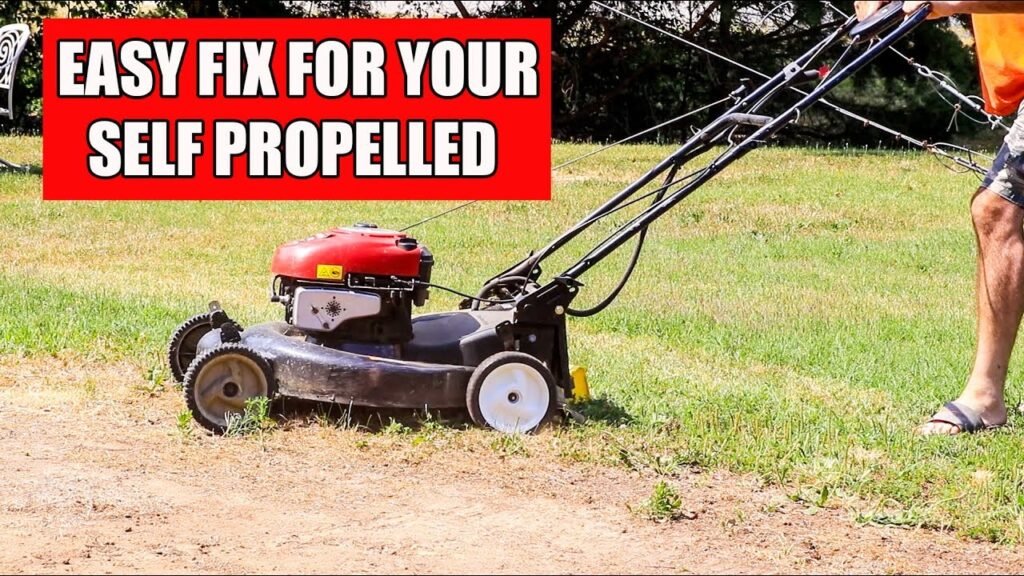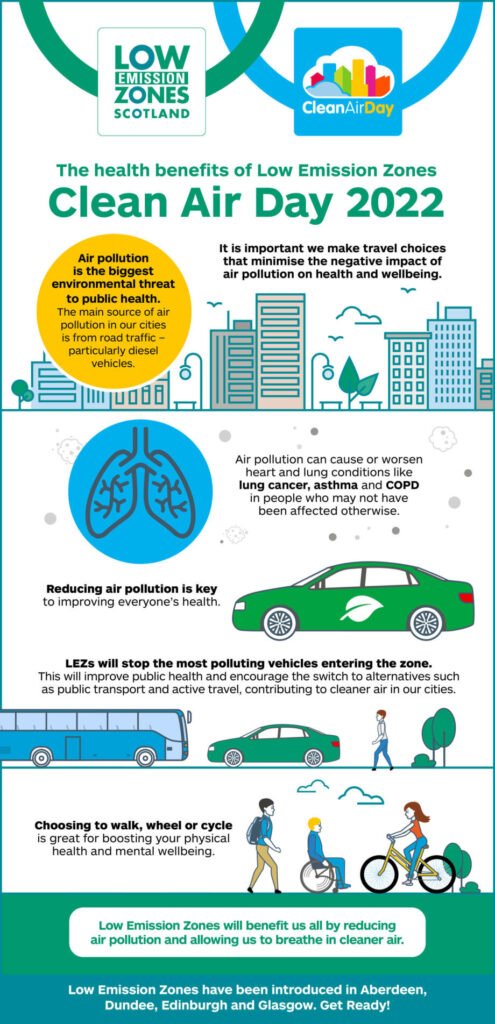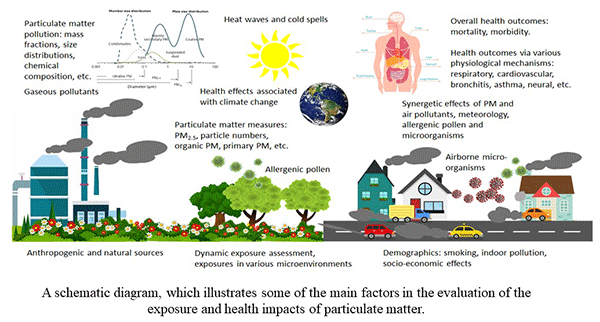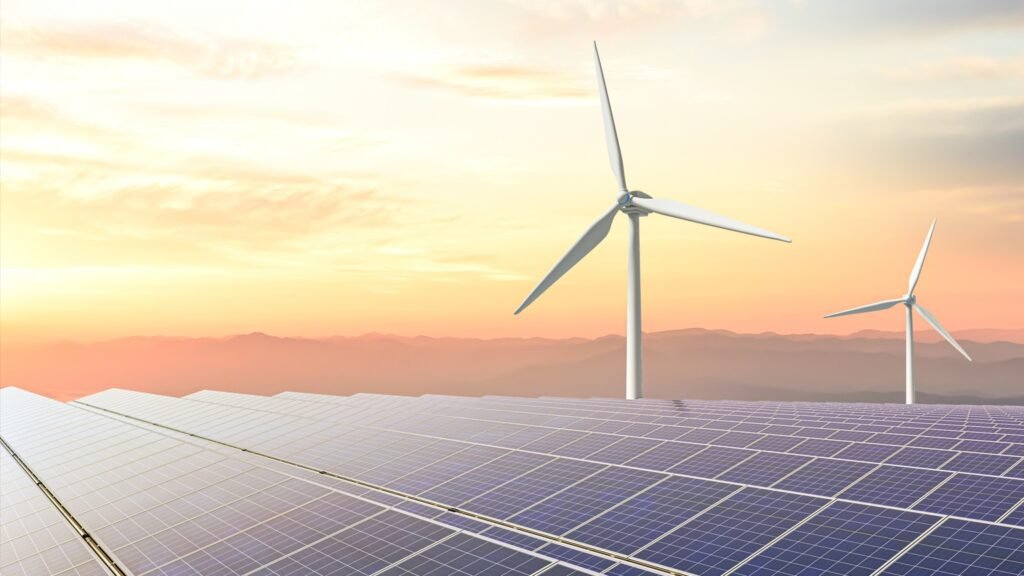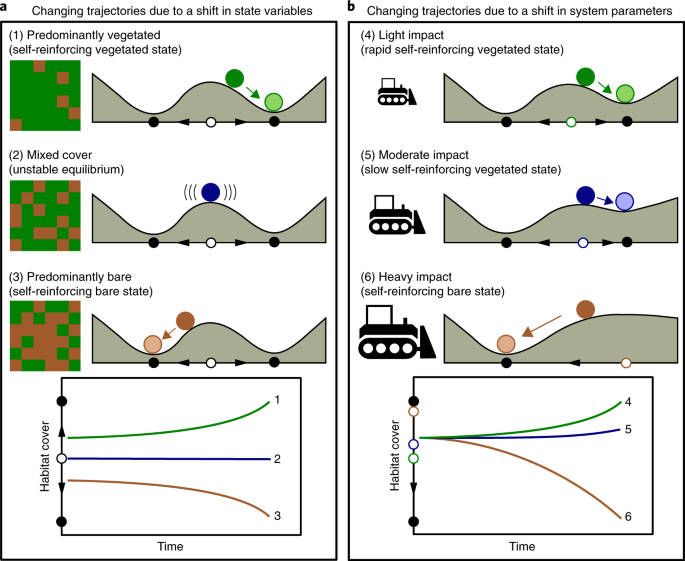Are you tired of spending hours in your yard trying to get your self-propelled lawn mower to work properly? Look no further! In this article, we will highlight some common issues that many self-propelled lawn mower owners face and provide simple troubleshooting tips to help you get your mower up and running smoothly again. From starting problems to uneven cutting and wheel issues, we’ve got you covered. So, grab your tools and let’s get your lawn looking pristine in no time!
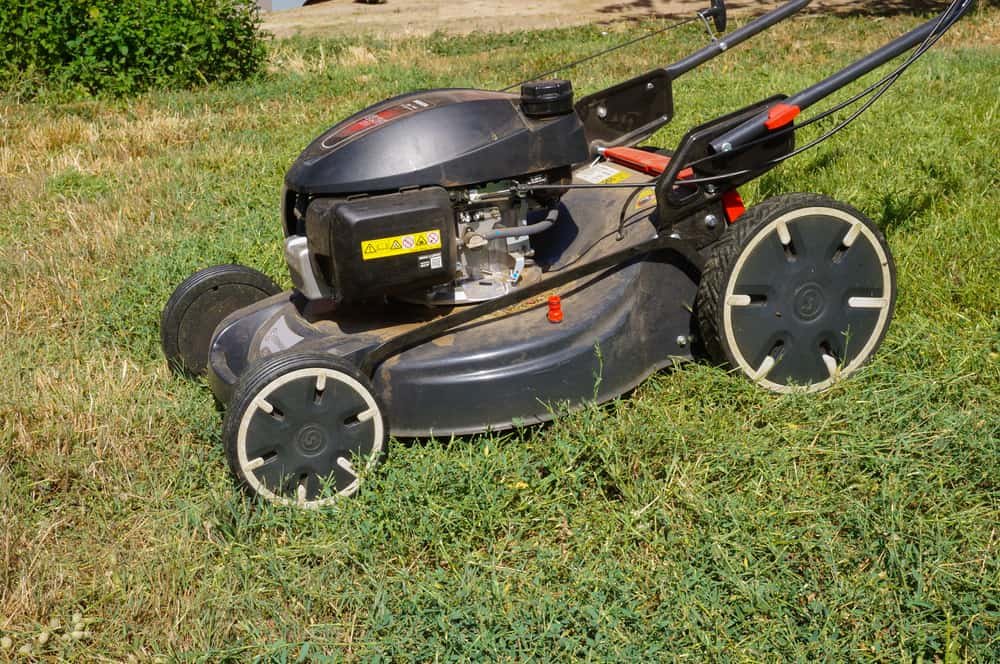
This image is property of www.pipsisland.com.
Engine Issues
1.1 Starter Motor Problems
If your self-propelled lawn mower is having issues starting up, it could be due to problems with the starter motor. The starter motor is responsible for initiating the engine’s startup process. A common issue with the starter motor is a faulty solenoid, which can prevent the engine from cranking. Additionally, a worn-out starter motor can struggle to provide the necessary power to start the engine. If you are experiencing starter motor problems, it is recommended to have it checked and possibly replaced by a professional.
1.2 Fuel System Problems
Another common engine issue in self-propelled lawn mowers is related to the fuel system. Problems in the fuel system can lead to difficulties starting the engine or cause it to stall during operation. One of the main culprits is a clogged fuel line, which can restrict the flow of fuel to the engine. Additionally, a malfunctioning fuel pump or fuel filter can cause fuel delivery issues. Regularly inspecting and maintaining the fuel system, including cleaning or replacing the fuel filter, can help prevent these problems.
1.3 Ignition System Problems
The ignition system plays a crucial role in starting and running the engine smoothly. If you are experiencing difficulties starting your self-propelled lawn mower, it could be due to ignition system problems. A faulty ignition coil or spark plug can prevent the engine from properly igniting the fuel mixture, leading to starting issues or misfires. Regularly inspecting and replacing damaged spark plugs can help avoid ignition system problems.
1.4 Carburetor Issues
The carburetor is responsible for mixing the correct amount of fuel and air for combustion in the engine. If your self-propelled lawn mower is not running smoothly or is experiencing starting issues, the carburetor could be to blame. Problems with the carburetor can arise from a clogged jet or fuel passages, which can disrupt the fuel mixture and hinder proper engine performance. Cleaning or rebuilding the carburetor can help resolve these issues and ensure smooth operation of the lawn mower.
1.5 Air Filter Problems
An often overlooked but essential component of the engine is the air filter. The air filter prevents dirt, debris, and other particles from entering the engine, ensuring clean and efficient operation. However, a clogged or dirty air filter can restrict airflow, leading to poor engine performance and increased fuel consumption. Regularly inspecting and cleaning or replacing the air filter can help prevent such problems and maintain the longevity of your self-propelled lawn mower’s engine.
2. Drive System Problems
2.1 Drive Belt Issues
The drive system of a self-propelled lawn mower is responsible for transferring power from the engine to the wheels, enabling it to move forward or backward. If you notice a lack of propulsion or difficulty in engaging the self-propelled feature, it may be due to issues with the drive belt. Over time, the drive belt can become worn, loose, or even break, preventing the proper transfer of power. Regularly inspecting and replacing damaged or worn-out drive belts can help maintain optimal performance of your self-propelled lawn mower.
2.2 Transmission Troubles
The transmission is an integral part of the drive system, controlling the speed and direction of the self-propelled lawn mower. If you find that the mower is not moving smoothly or is struggling to change gears, it could be a sign of transmission problems. Low transmission fluid levels or a malfunctioning transmission can lead to a variety of issues, including loss of power and difficulty in shifting gears. Regularly checking and maintaining the transmission fluid levels, as well as promptly addressing any transmission issues, can help keep your self-propelled lawn mower running smoothly.
2.3 Wheel Problems
Problems with the wheels of a self-propelled lawn mower can affect its overall maneuverability and ease of use. Worn-out or damaged wheels can make it harder to operate the mower, especially on uneven terrain. Inspecting the wheels regularly for any signs of wear, such as flat spots or cracks, and replacing them if necessary, can help ensure optimal performance. Additionally, ensuring that the wheels are properly lubricated and tightened can prevent any unnecessary friction or wobbling, allowing for smooth and efficient operation.
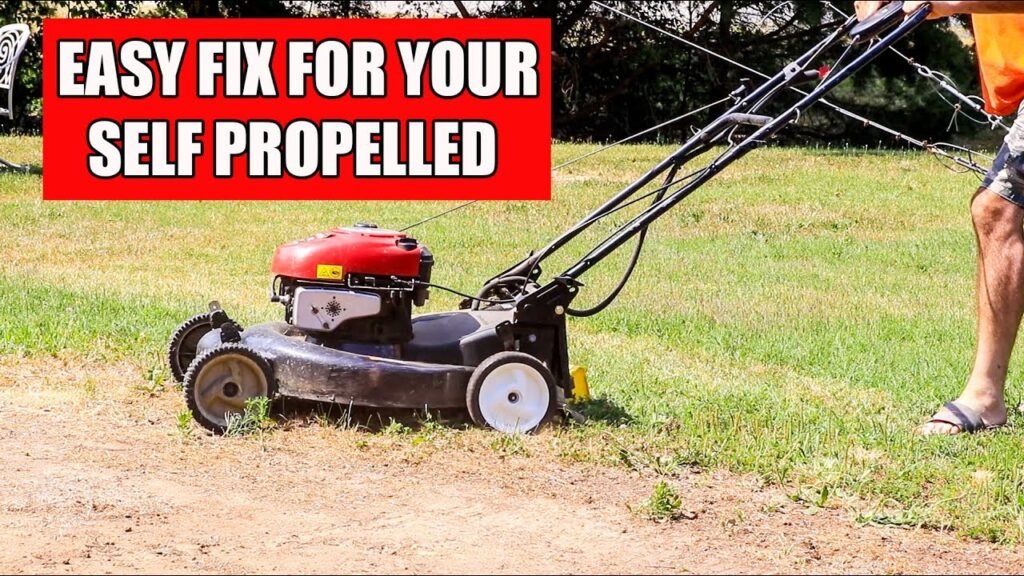
This image is property of i.ytimg.com.
3. Blade Issues
3.1 Dull Blade
A dull blade is a common issue that can significantly impact the quality of the lawn mower’s performance. Using a dull blade can result in uneven grass cutting, tear the grass blades instead of cleanly slicing through them, and even cause the engine to strain unnecessarily. To maintain a healthy and aesthetically pleasing lawn, it is essential to keep the blade sharp. Regularly inspect the blade for signs of dullness or damage, and sharpen or replace it as needed. A sharp blade will ensure a clean and precise cut, as well as minimize stress on the engine.
3.2 Bent or Damaged Blade
If you notice uneven cutting patterns or a vibrating sensation while operating your self-propelled lawn mower, it could indicate a bent or damaged blade. Hitting debris, rocks, or other solid objects while mowing can cause the blade to become bent or even crack. A bent blade will not cut the grass evenly and can potentially damage the engine or other components. It is crucial to inspect the blade regularly for any signs of damage and replace it promptly to maintain the performance and safety of your lawn mower.
3.3 Blade Balance Problems
For optimal performance and reduced stress on the engine, it is essential to ensure that the blade is properly balanced. An imbalanced blade can cause excessive vibration during operation and negatively impact the overall cutting quality. Balancing the blade involves adding or removing weight to achieve an even distribution. There are specialized tools available that allow you to balance the blade precisely. Regularly checking and balancing the blade can help prevent unnecessary strain on the engine and ensure a smooth and efficient mowing experience.
4. Battery Problems
4.1 Insufficient Charge
If your self-propelled lawn mower has an electric starter function, a common issue you may encounter is an insufficiently charged battery. Over time, the battery can lose its charge, especially if the mower is not used frequently or if it is not properly maintained. Insufficient battery charge can prevent the electric starter from engaging, making it difficult or impossible to start the engine. Regularly charging the battery and ensuring it is adequately maintained can help prevent starting issues and ensure the reliable operation of the self-propelled lawn mower.
4.2 Battery Failure
In some cases, the battery in your self-propelled lawn mower may fail completely. This can occur due to factors such as age, excessive discharge, or improper maintenance. A failed battery may result in the inability to start the engine, rendering the self-propelled feature useless. If you suspect that the battery has failed, it is recommended to have it tested and replaced if necessary. Additionally, proper battery maintenance, such as cleaning and maintaining appropriate fluid levels (if applicable), can help prolong its lifespan and ensure reliable performance.

This image is property of i.ytimg.com.
5. Electrical Issues
5.1 Wiring Problems
Electrical issues can also affect the performance and functionality of a self-propelled lawn mower. Wiring problems, such as loose connections or damaged wires, can result in intermittent or complete loss of electrical power. This can lead to various issues, including the inability to start the engine or operate the self-propelled feature. It is essential to regularly inspect the wiring for any signs of wear, corrosion, or damage, and promptly address any issues to prevent further electrical problems.
5.2 Electric Starter Problems
If your self-propelled lawn mower is equipped with an electric starter, problems with the starter motor or associated components can lead to difficulties in starting the engine. Issues such as a faulty solenoid, worn-out starter motor, or even a weak battery can prevent the engine from cranking and starting. Regularly inspecting the electric starter system and promptly addressing any problems can help ensure reliable engine startup and efficient operation of the self-propelled lawn mower.
6. Fuel Problems
6.1 Contaminated Fuel
Using contaminated fuel in your self-propelled lawn mower can lead to a variety of issues and engine problems. Contaminants such as dirt, water, or old fuel can clog the fuel system, disrupt the fuel-air mixture, and cause engine performance issues. It is crucial to use clean, fresh fuel and avoid storing fuel for extended periods. Additionally, using a fuel stabilizer can help prolong the shelf life of fuel and prevent contamination. Regularly inspecting and cleaning the fuel system can help prevent fuel-related problems and maintain optimum engine performance.
6.2 Stale Fuel
Over time, fuel can become stale and lose its combustibility, especially if left unused for an extended period. Stale fuel can prevent the engine from starting or cause it to run poorly. It is recommended to use fuel within 30 days of purchase to ensure its freshness. If you suspect that your self-propelled lawn mower is experiencing issues due to stale fuel, it is advisable to drain the old fuel and replace it with fresh fuel. Regularly checking and maintaining the fuel level can help prevent stale fuel issues and ensure optimal engine performance.

This image is property of lawnask.com.
7. Filter Issues
7.1 Clogged Fuel Filter
The fuel filter in a self-propelled lawn mower plays a vital role in preventing contaminants from entering the engine and causing damage. Over time, the fuel filter can become clogged with dirt, debris, or sediment, restricting the flow of fuel to the engine. A clogged fuel filter can lead to starting issues, poor engine performance, and even engine damage. Regularly inspecting and cleaning or replacing the fuel filter can help prevent clogging and maintain the efficient operation of the self-propelled lawn mower.
7.2 Clogged Air Filter
The air filter in a self-propelled lawn mower is responsible for preventing dirt, dust, and other particles from entering the engine. A clogged or dirty air filter can restrict the airflow, leading to a rich fuel mixture, reduced engine performance, and increased fuel consumption. Regularly inspecting and cleaning or replacing the air filter can help prevent clogging and maintain optimal engine performance. It is recommended to check the air filter before each use and clean or replace it as necessary.
8. Starting Problems
8.1 Faulty Spark Plug
The spark plug is a critical component in the combustion process of the engine. If the spark plug is faulty or worn out, it can prevent the proper ignition of the fuel mixture, resulting in starting issues or misfires. Regularly inspecting and cleaning or replacing the spark plug can help ensure reliable engine startup and smooth operation of the self-propelled lawn mower. It is essential to use the correct type and gap setting for the spark plug to ensure optimal performance.
8.2 Engine Flooded with Fuel
If you repeatedly try to start your self-propelled lawn mower without success, the engine may become flooded with fuel. This can occur when too much fuel enters the combustion chamber without being ignited. To remedy this problem, it is recommended to remove the spark plug and dry it thoroughly. Additionally, allowing the engine to air out for a few minutes can help evaporate excess fuel. Taking care not to overprime the engine with the choke can also prevent flooding.

This image is property of www.gardentoolexpert.com.
9. Overheating Problems
9.1 Cooling System Issues
Overheating can be a significant concern for self-propelled lawn mowers, especially during extended periods of use or in high ambient temperatures. Cooling system issues, such as a malfunctioning cooling fan, clogged air vents, or low coolant levels, can lead to excessive heat buildup and potential engine damage. Regularly inspecting and cleaning the cooling system components, including the cooling fins and fan, can help prevent overheating issues and ensure optimal engine performance.
9.2 Obstruction in Air Flow
Insufficient airflow around the engine can also contribute to overheating problems. Obstructions such as accumulated grass clippings or debris in the cutting deck or cooling fins can hinder the airflow, causing the engine to work harder and generate more heat. It is essential to regularly clean the cutting deck, as well as remove any debris blocking the cooling fins and air vents. This will promote proper air circulation and prevent overheating, ultimately extending the lifespan of your self-propelled lawn mower.
10. Maintenance Neglect
10.1 Lack of Regular Oil Changes
Regular oil changes are crucial for maintaining the health and longevity of the engine in a self-propelled lawn mower. Over time, the oil in the engine can become contaminated with dirt, debris, and engine byproducts, reducing its lubricating properties. Neglecting regular oil changes can lead to increased engine wear, reduced performance, and even engine failure. It is recommended to follow the manufacturer’s guidelines for oil change intervals and use the appropriate type and viscosity of oil for your specific lawn mower model.
10.2 Dirty or Worn Parts
Neglecting the regular cleaning and maintenance of various components in your self-propelled lawn mower can contribute to performance issues. Dirty or worn parts, such as belts, pulleys, bearings, and wheels, can hinder proper operation and cause unnecessary strain on the engine. Regularly inspecting and cleaning these parts, as well as replacing any worn or damaged components, can help maintain the performance and longevity of your self-propelled lawn mower. Additionally, following the manufacturer’s recommended maintenance schedule can help prevent potential problems caused by neglected maintenance.

